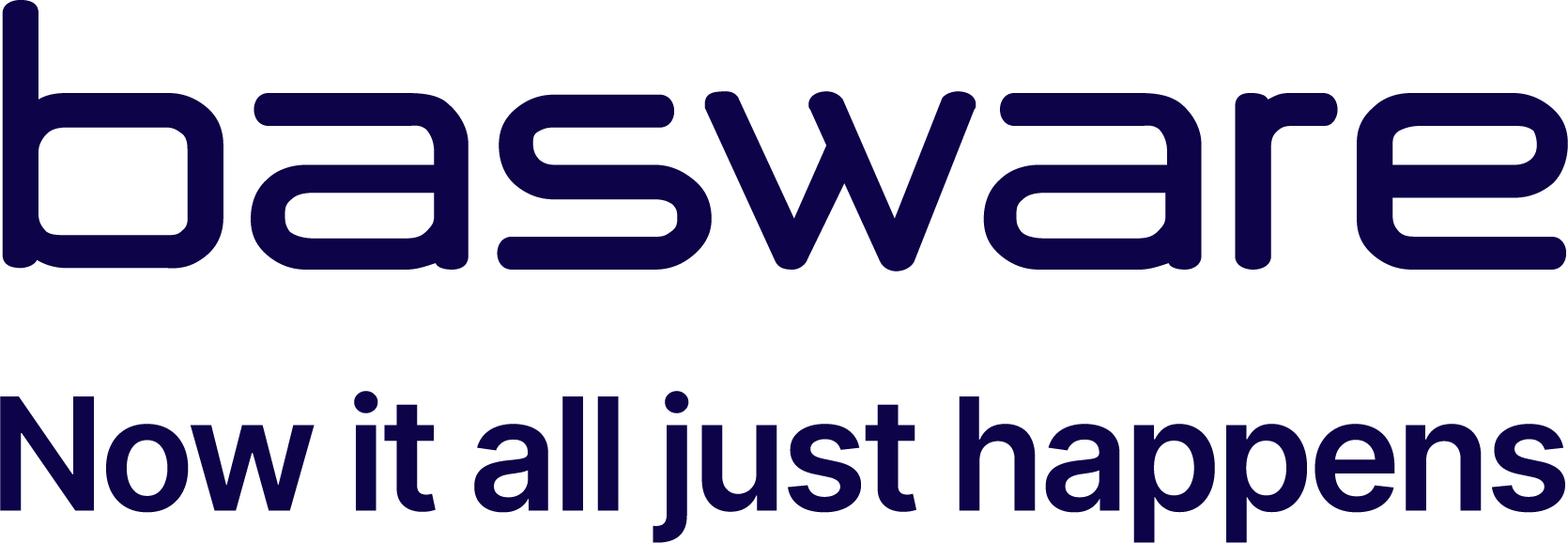- E-invoicing is important for modern tax compliance and business operations
- Two primary models: centralized and decentralized e-invoicing platforms
- Centralized model: all invoice data submitted through government-approved platform
- Decentralized model: taxpayers submit invoices to multiple authorized service providers
- Understanding the differences is essential for businesses
- Centralized platforms offer uniformity and compliance
- Examples of centralized platforms in Poland, Philippines, and Spain
- Benefits of centralized e-invoicing include uniformity, compliance, enhanced control
- Decentralized platforms allow flexibility and validation by authorized service providers
- Examples of decentralized platforms in Mexico and Peru
Source: fonoa.com
Note that this post was (partially) written with the help of AI. It is always useful to review the original source material, and where needed to obtain (local) advice from a specialist.
Latest Posts in "World"
- VATupdate Newsletter Week 42 2025
- Global eInvoicing: Trends, Models, Interoperability, and Innovation Shaping the Digital Future
- Webinar Fiscal Solutions: Turn Fiscalization Into a Competitive Advantage (Oct 30)
- Basware on YouTube – Compliance without the boring bits – Episode 5 (December 9)
- “How do I know if my Peppol e-invoice has arrived?” – A practical guide for entrepreneurs















